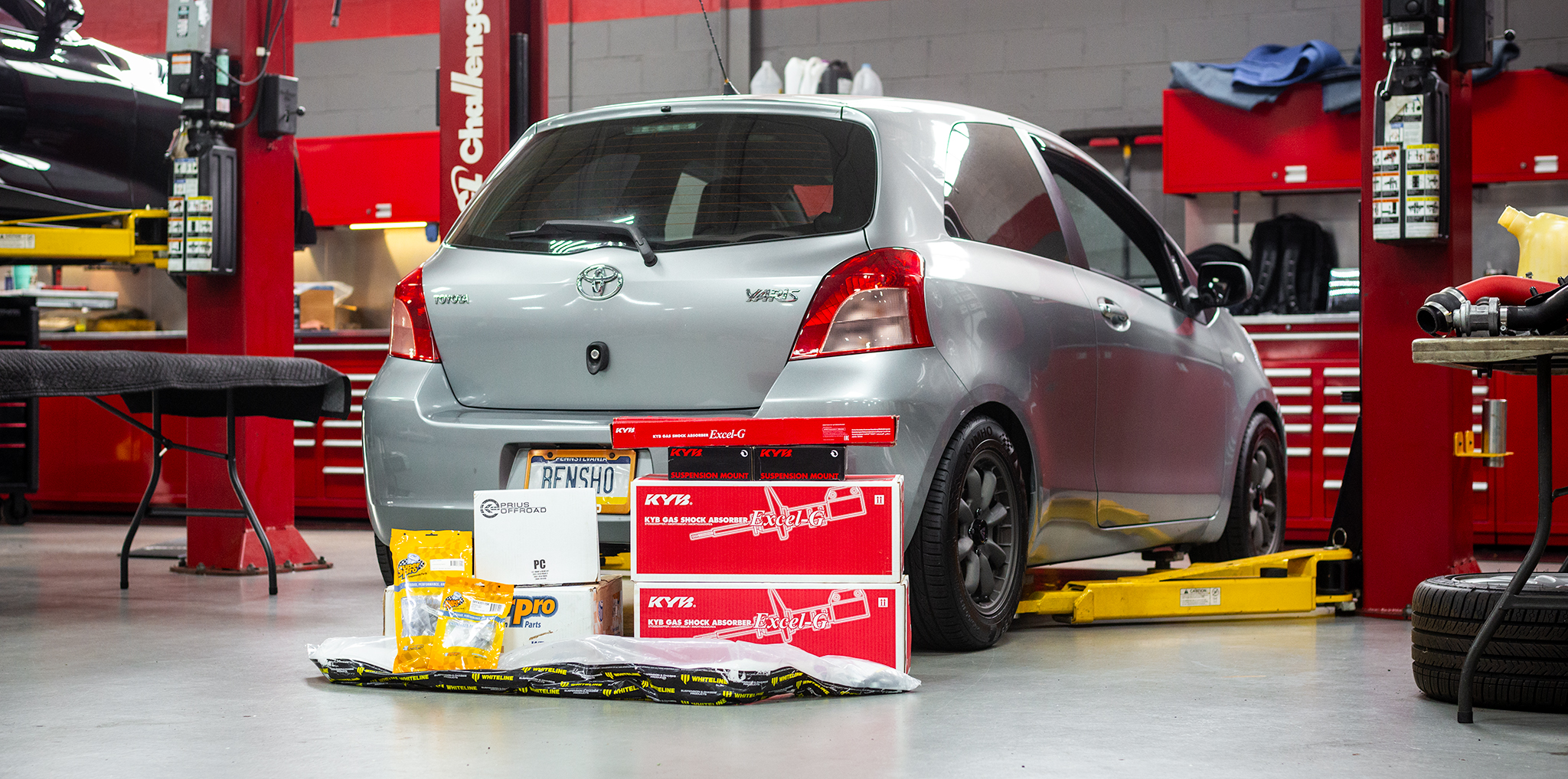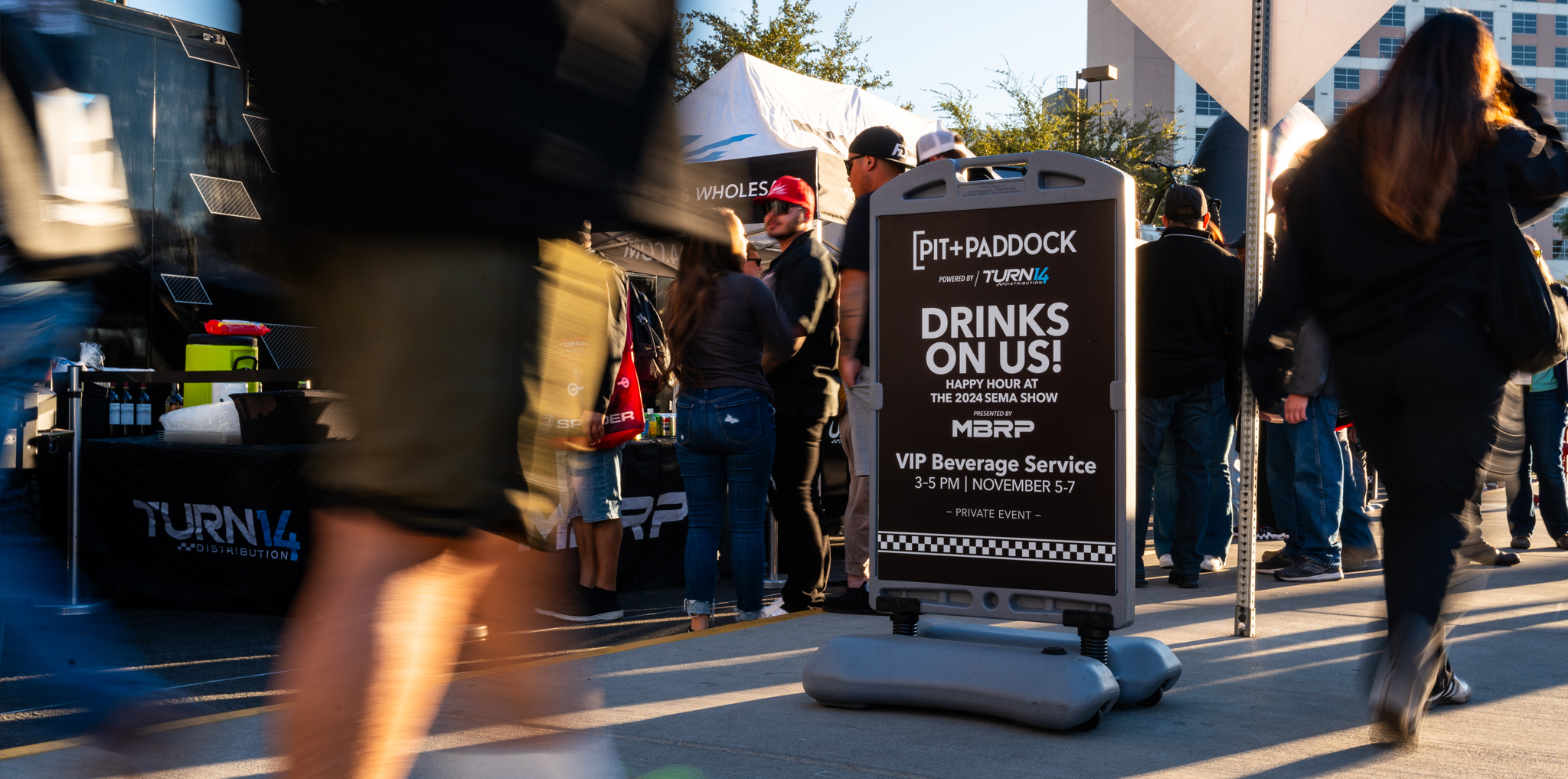Let’s be frank: nobody likes to have their expensive performance parts fail under pressure because losing races—and potentially incurring physical harm to yourself or bystanders when parts go flying—isn’t fun for anyone. In today’s world of increased expectations and razor-thin performance differences from one race-bred combination to another, it’s not uncommon for racers to exploit every possible avenue to seek increased performance. One area where performance improvements are evolutionary and at times, revolutionary, is in the area of turbocharger design and construction.
With respect to turbochargers, when they are modified from the factory configuration, the potential for failure is high, while the performance improvements discovered by the enthusiast may not be so evident as a result of the factory’s testing prior to production.
While attending the Sweet 16 2.0 event earlier this year, I ran into Tim Coltey, Global Performance Customer Marketing Leader at Garrett Motion. At the event, turbocharger modifications had been a topic of discussion in a couple of the classes, so it was kind of natural that the conversation between us turned to turbocharger design and construction. From there, burst containment and the methods Garrett uses to test these types of turbocharger failures entered the conversation.
Subsequently, Tim put me in contact with Garrett Motion Senior Motorsport Development Engineer Chris Floren, who graciously agreed to participate in our One Question series regarding the topic. At the end of his answer, he gets into the math to provide an example for you nerds, but one thing is apparent—Garrett has done the research and has the data to prove the performance capabilities of its products.
Strap yourself in for an awesome read, because the answer to what I thought was a simple question is far more involved than I expected. Hit the details after the jump.
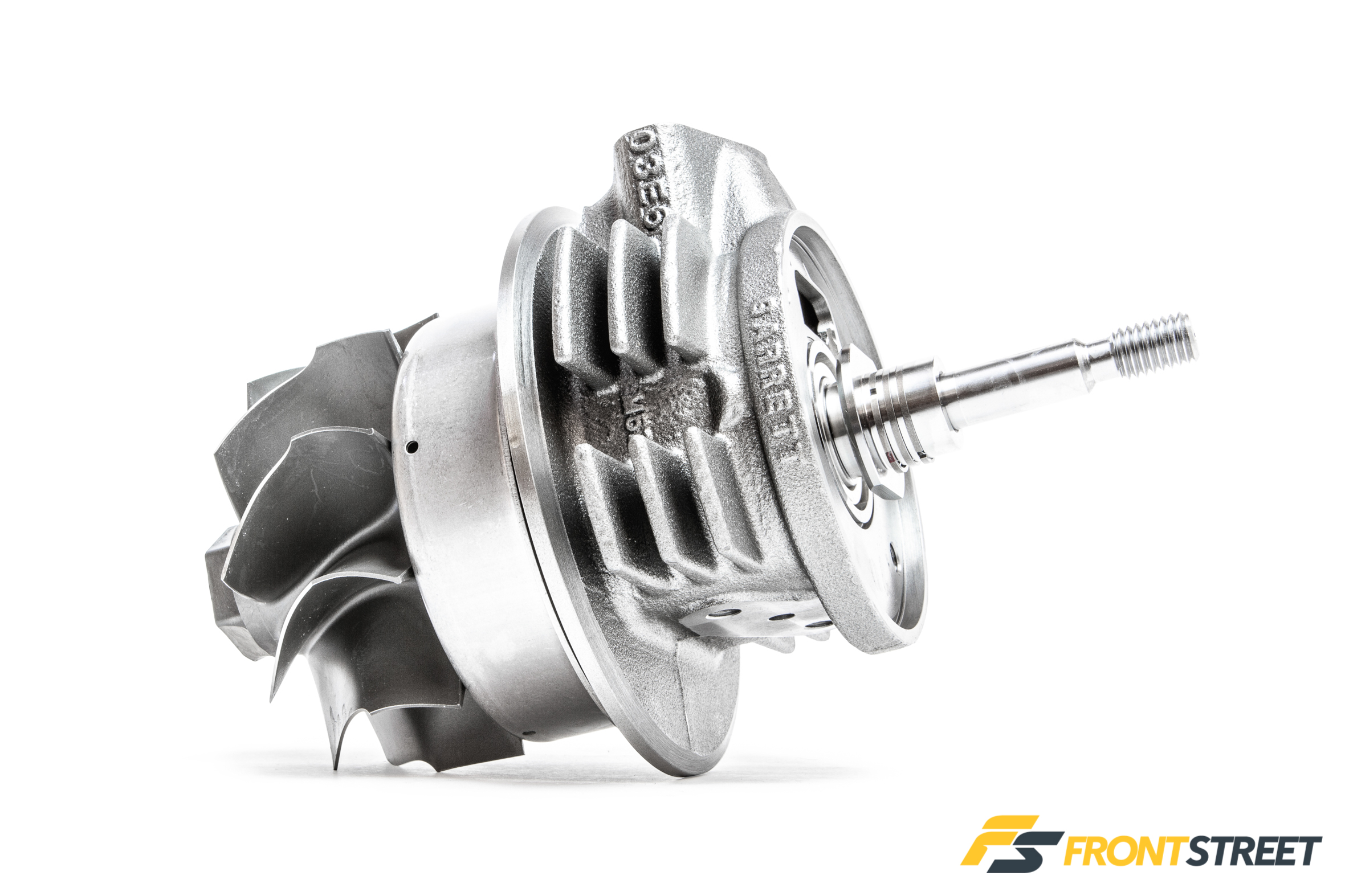
Why is turbo burst containment testing critical to ensuring safety?
Chris Floren, Garrett Advancing Motion: As the limits of today’s turbos are reached, they are subjected to higher speeds, hotter temperatures, and severe duty cycles. New wheels, housings, and complete turbos are constantly being developed to outperform the previous generations. The temptation can be great to ignore safety and go for broke with the lightest wheels and thinnest housings possible, in order to eke out every bit of performance from the turbo and the race vehicle. But if a turbo manufacturer focuses on performance only and does not qualify their products to contain both compressor and turbine wheel bursts, then there is no guarantee that the high-velocity wheel fragments will remain inside the housings if the turbo is intentionally or accidentally pushed past its safe operating limits.
What is a wheel burst? Simply put, it is the failure of a turbine or compressor wheel to physically hold itself together against centrifugal forces. There are two major types of wheel burst: blade and hub. A blade burst occurs when the centrifugal force at speed acting to pull the blades off of the central hub overcomes the mechanical strength of the root sections connecting the individual blades to the hub. Under these conditions, if a blade root is too weak, it could leave the hub as easily as a petal is plucked from a flower. Hub burst, on the other hand, is the extreme case wherein the main hub that the blades are attached to reaches its ultimate strength limit and breaks into two, three or more large pieces through the centerline of the wheel. Whatever the reason for the hub burst, it has the highest potential for damaging the housing and its surroundings because it is the heaviest single portion of the wheel and releases the largest amount of energy. In the case of a turbine wheel hub burst, the heaviest spinning portion of the entire turbocharger comes apart with explosive force.
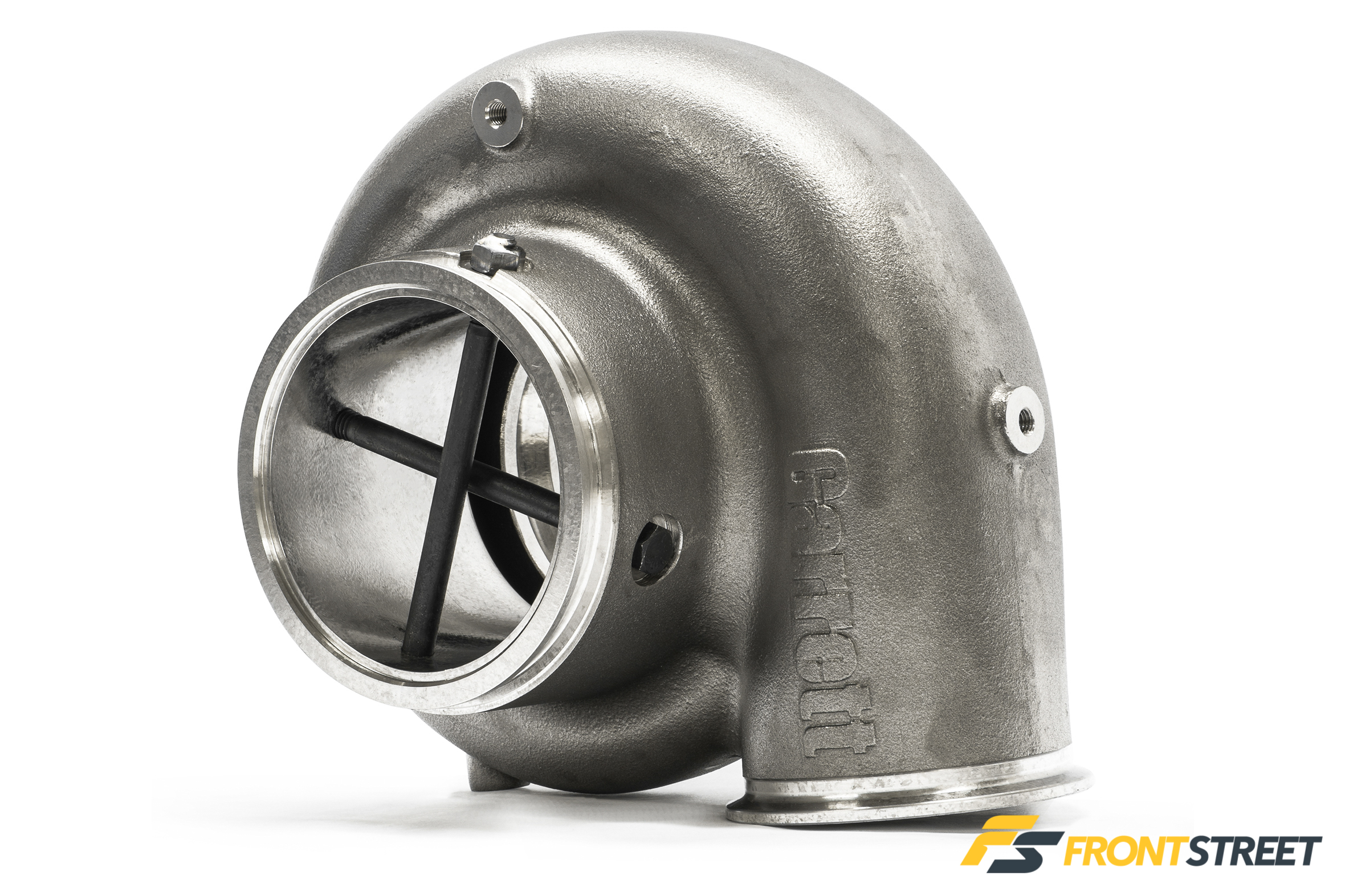
Even though a hub burst is a rare occurrence in practice, Garrett® qualifies its aftermarket and OE production turbochargers for containment of a worst-case-scenario wheel burst. What is containment? During a wheel burst, whether turbine or compressor, blade or hub, the housing that the wheel spins in is the main barrier between the flying debris and the outside world. Containment is the ability of a turbine or compressor housing to successfully absorb the ballistic energy released during a burst and radially contain the fragments within the confines of the housing. The housing should also contain the damage caused by loose wheels that have not burst, such as if the central shaft is overloaded and breaks or if the weld joint between the turbine and shaft fails. Details of the containment testing will vary depending on the turbocharger manufacturer because the manufacturers who test for burst containment each define their own criteria for acceptable containment performance.

Effects of Burst – An Example
For an illustration of the energy released by a turbine wheel burst, consider the speed of a bullet fired from a gun as it leaves the barrel. Specifically, consider a 250-grain Remington .350 Magnum bullet, which has a muzzle velocity of 2576 ft/s. Now consider a Garrett® GT55R turbine wheel being spooled up past its safe speed limit. The tip speed of the Inconel turbine wheel just before natural burst is roughly equal to the muzzle velocity of the .350 Magnum bullet. In other words both of these projectiles, the .350 Magnum bullet and the tip of the GT55R turbine wheel pre-burst, are traveling at approximately 2,500 ft/s or 1,700 mph (2,740 kph). Given that the tip diameter of the GT55R turbine wheel is 111.5 mm (4.39 in) and its tip speed is 2500 ft/s, the rotational speed of the wheel is 130,500 rpm. This is well into the unsafe over-speed zone; it is 39,500 rpm past the wheel’s qualified speed limit of 91,000 rpm. By measuring the moment of inertia (I) of the GT55R turbine wheel and knowing the rotational speed (ω), we can calculate that the kinetic energy stored by the wheel just before burst is 60,662 lb-ft (by Ek = 1⁄2I ω2 ). Going back to the .350 Magnum bullet ballistics, its mass is 250 grain = 16.2 grams = 0.036 lb. Therefore, the kinetic energy stored by the .350 Magnum round leaving the barrel is 3,682 lb-ft (by E 1⁄2 mv2). Comparing the two ballistic projectiles, we can liken the GT55R turbine wheel pre-burst energy to the equivalent of firing (60,662) / (3,682) = 16.5 of these .350 Magnum bullets simultaneously. The actual energy that the housing will absorb will be less, however, because turbine wheels will usually break into three large pieces when the hub bursts. Each of these pieces will travel at about 1/2 of the tip speed of the pre-burst wheel tip speed, and has about 1/3 of the mass of the entire wheel. The kinetic energy of each piece is about 22-percent of the total pre-burst wheel energy. Now consider these three pieces flying towards the turbine housing: (22-percent of pre-burst energy) x (3 pieces) = 66-percent of the pre-burst energy must be absorbed by the housing in total, which is (60,662 lb-ft) x (0.66) = 40,037 lb-ft of energy.
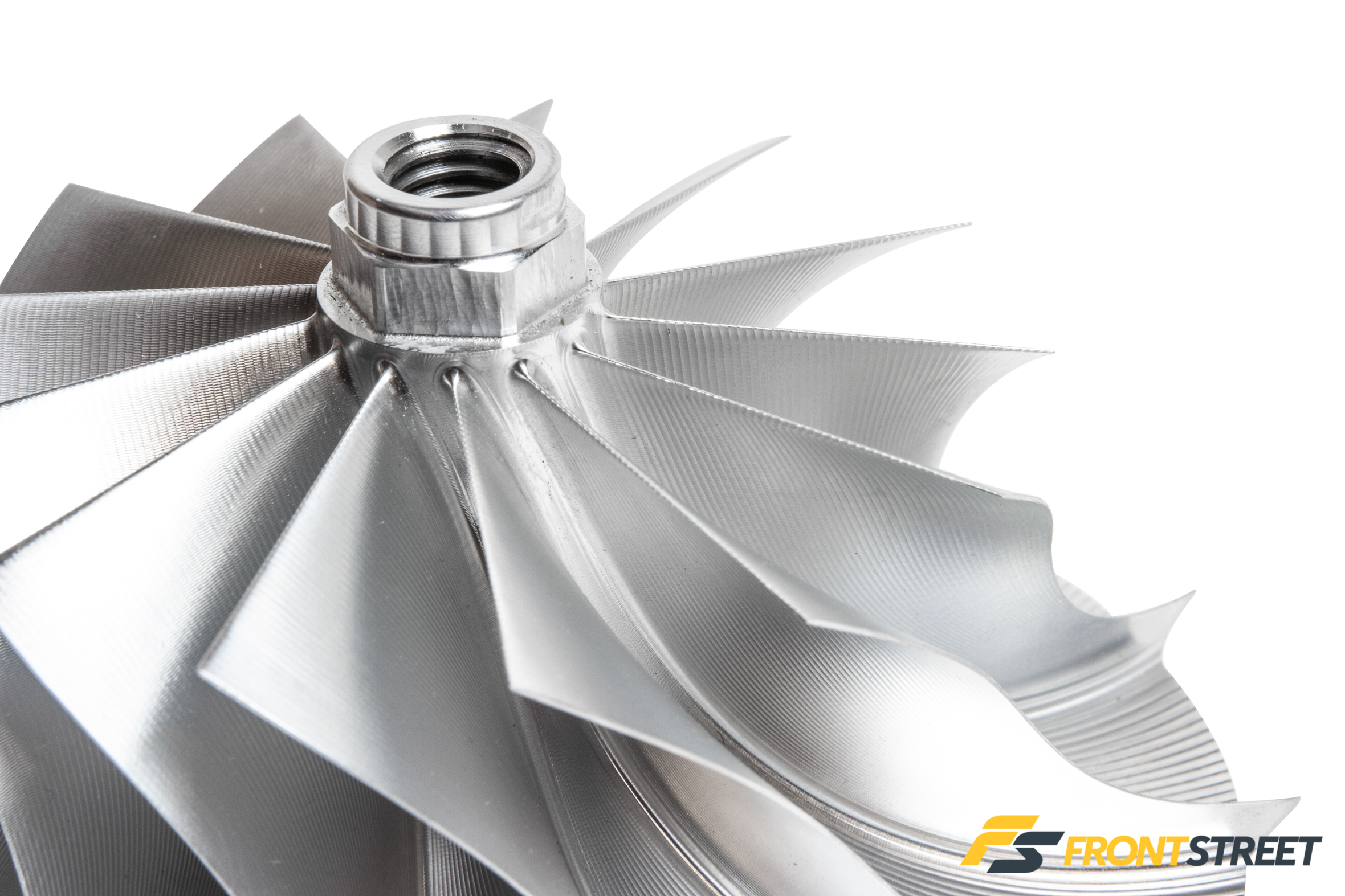
Finally, we can say that the turbine housing must absorb the equivalent of (40,037 lb-ft) / (3,682 lb-ft) = 10.8 of these .350 Magnum bullets fired at point-blank range into the inside wall, from the center outwards (if that were physically possible to do). If you find yourself in the position of choosing a turbine housing for a GT55R or similar sized turbocharger, it might behoove yourself to ask: Will this housing survive being hit simultaneously by nearly eleven .350 Magnum rounds at point-blank range? If it’s a true Garrett® turbine housing, then it was intentionally designed and qualified to contain the wheel, and you can bet the answer is yes.
Every new Garrett® aftermarket and original equipment turbocharger is qualified to contain compressor and turbine wheel bursts—that much should be clear. But how is this verified? When a new wheel is designed, testing of unmodified parts is conducted to determine the “natural” burst speed of the wheel. Turbochargers are built and instrumented with speed and temperature sensors, then installed in a specially constructed containment stand that supplies hot compressed air to the turbine. The turbocharger is brought up to speed and temperature for a dwell period, then intentionally and immediately sped up to well beyond the qualified speed limits. Turbocharger shaft speed is recorded and a successful test will empirically reveal the natural burst speed.
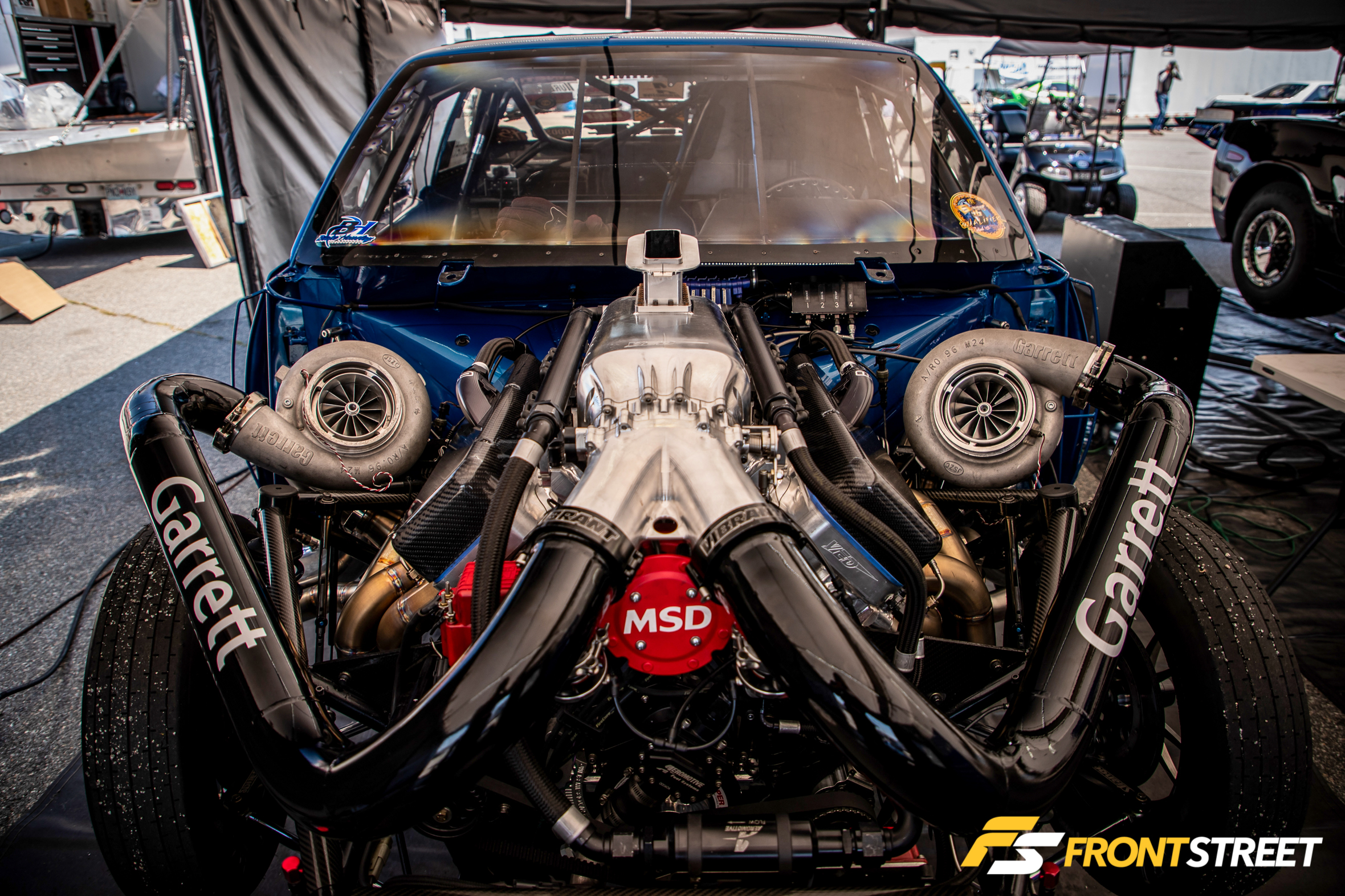
When a new Garrett® housing is developed, it is qualified in conjunction with the specific compressor or turbine wheel that will be running inside of it. New combinations of existing wheels and housings are also qualified. If the housing in question is a compressor housing, the backplate is included as part of the qualified combination since it forms one wall of the diffuser (throat) and wheel fragments pass through this channel on their way to the containment shroud. For completing a housing qualification, the first step is a detailed analysis of the wheel and housing to calculate the target burst speed, which set at a specific percentage of the wheel’s inherent natural burst speed. The burst energy at this speed is determined, and if the result is higher than previously qualified for the housing family, a physical test must be conducted. Whether a compressor or turbine housing test, the wheel is prepared in order to force a worst-case-scenario hub burst and do the most damage possible to the housing.
The test is carried out in the same dedicated burst test cell, and the turbocharger is again instrumented with speed and temperature sensors. After a dwell period, the speed is ramped up and the burst is almost instantaneous. The turbo is allowed to cool down and then examined. A “verification shroud” made from thin aluminum sheet metal surrounds the housing during the test as a witness to the event. If this shroud is pierced in any way, the housing has failed the test and is not qualified. The housing will also fail if there is any separation from the turbocharger at the attachment joint, or if there are any holes or material missing from the containment band area. If the housing burst containment test was successful, the turbocharger is still not necessarily qualified! Metallurgical analysis is required to verify material specifications after a successful test to show that the actual housing and compressor backplate (if applicable) that survived the burst were indeed made from the exact material alloys that were specified by engineering.
We hope you enjoyed the education—we sure did! Thanks to Chris for taking time out of his busy schedule to answer One Question for us. Check out previous installments of One Question content right here.







